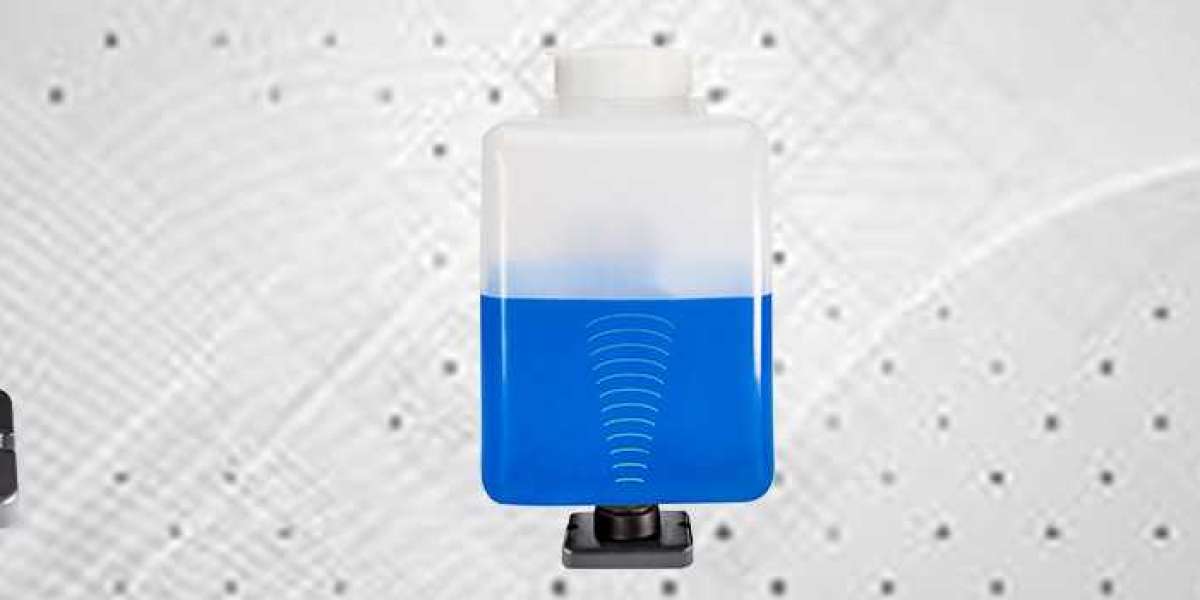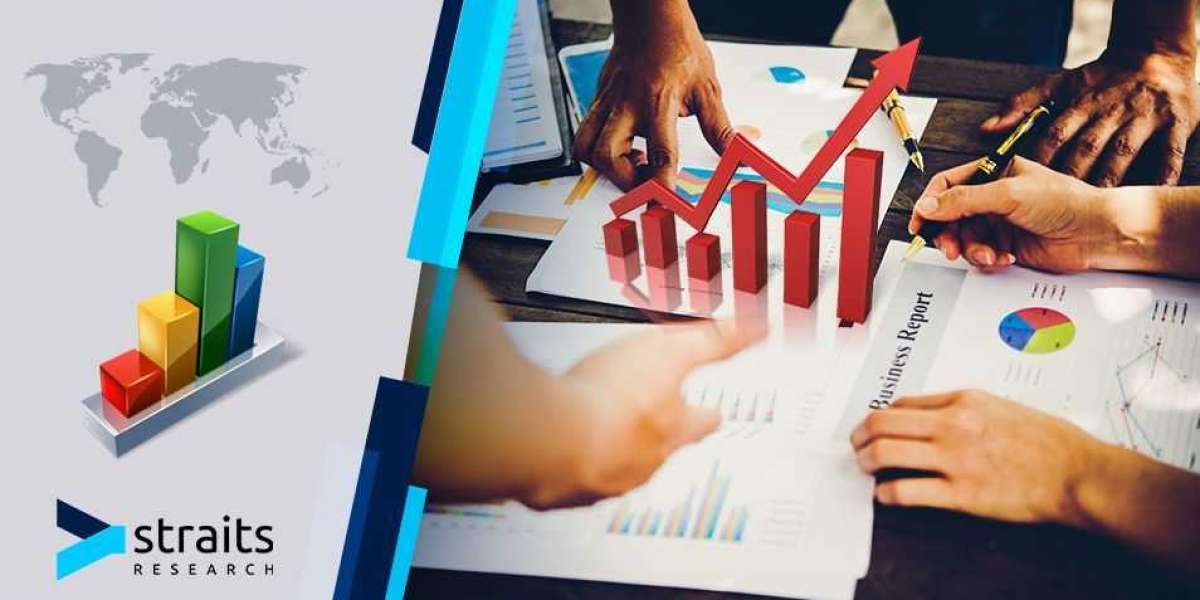Measuring and monitoring fluid levels are essential industrial practices. These activities help regulate changes in water composition over time. With a liquid level sensor, you can make the process less expensive and easily attainable.
Liquid level sensors measure the fluid levels in huge tanks and industrial vessels. Different types of level sensors feature technologies that help address specific industrial demands.
Here's why fluid sensors are so beneficial.
New Technologies to Automate Fluid Level Monitoring
An accurate measurement system ensures safe and efficient operations. Enhancing level measurement accuracy is a primary function of any water level detector sensor. For this reason, liquid level sensing technologies keep evolving with time.
The latest level measurement technologies help meet regulatory standards. This includes the industrial requirements for reporting, reliability, and accuracy. For any business to succeed, fluid level detection requires choosing the right equipment for a target vessel.
Generally, there are six methods for measuring and monitoring fluid levels. Each device has unique specifications to cut down manual labor and maintenance costs.
Continuous Float Level Transmitter
A continuous level sensor determines float level by recording the return vibrations. This system uses a float that suspends in or on the fluid through a rod. You can also install a second set of sensors to measure fluid levels of different liquids.
For instance, take an underground storage tank. To detect water leaks, the sensors provide accurate readings, even in a foamy medium. However, the liquid detection system requires contact with the fluid surface at all times.
Differential Pressure Transmitter
This technology measures the difference in the head pressure between contrasting ports. This value becomes an output signal that helps determine a fluid level range. By measuring the pressure drop in a pipe or vessel, you can determine fluid levels across two points.
Load Cell Fluid Detector
Load cells help regulate flow rate in food processing, pharmaceuticals, and chemical engineering. They measure water levels of open tanks and function through the transducer principle to measure weight or mechanical force.
Radar Level Transmitter
This non-contact sensing technology uses an electromagnetic pulse to detect changes in fluid levels. It works best in metal vessels that contain corrosive media. Radar sensors work best through materials that are flammable. However, radar sensing technology takes time to install and tends to be harder to maintain.
Radio Frequency Capacitance
This sensing technology uses capacitance in a vessel to measure the surface area. It's an excellent choice for measuring fluids with varying densities, slurries, and granules. The apparatus design features a float level probe and two conductors. It relays the energy stored in the probe to the instrument by converting it into electrical signals.
Ultrasonic Fluid Level Detector
This fluid detection system combines the transmitter and receiver into a single design. It is one of the newest technologies that use UV sensors to detect the height of the liquid. The non-contact system allows fluid monitoring of acids, chemicals, and toxic waste.
Non-Invasive Continuous Liquid Level Detection
To meet application requirements, you need innovative technologies that reduce errors. A continuous liquid level sensor ensures contactless and uninterrupted level monitoring.
We offer fluid level detection sensors for varying applications. Our experts can help you achieve compliance and operational efficiency with a customized solution. For more information about our services, visit our website.
If you're looking for a specific liquid detection sensor, schedule a consultation today!



